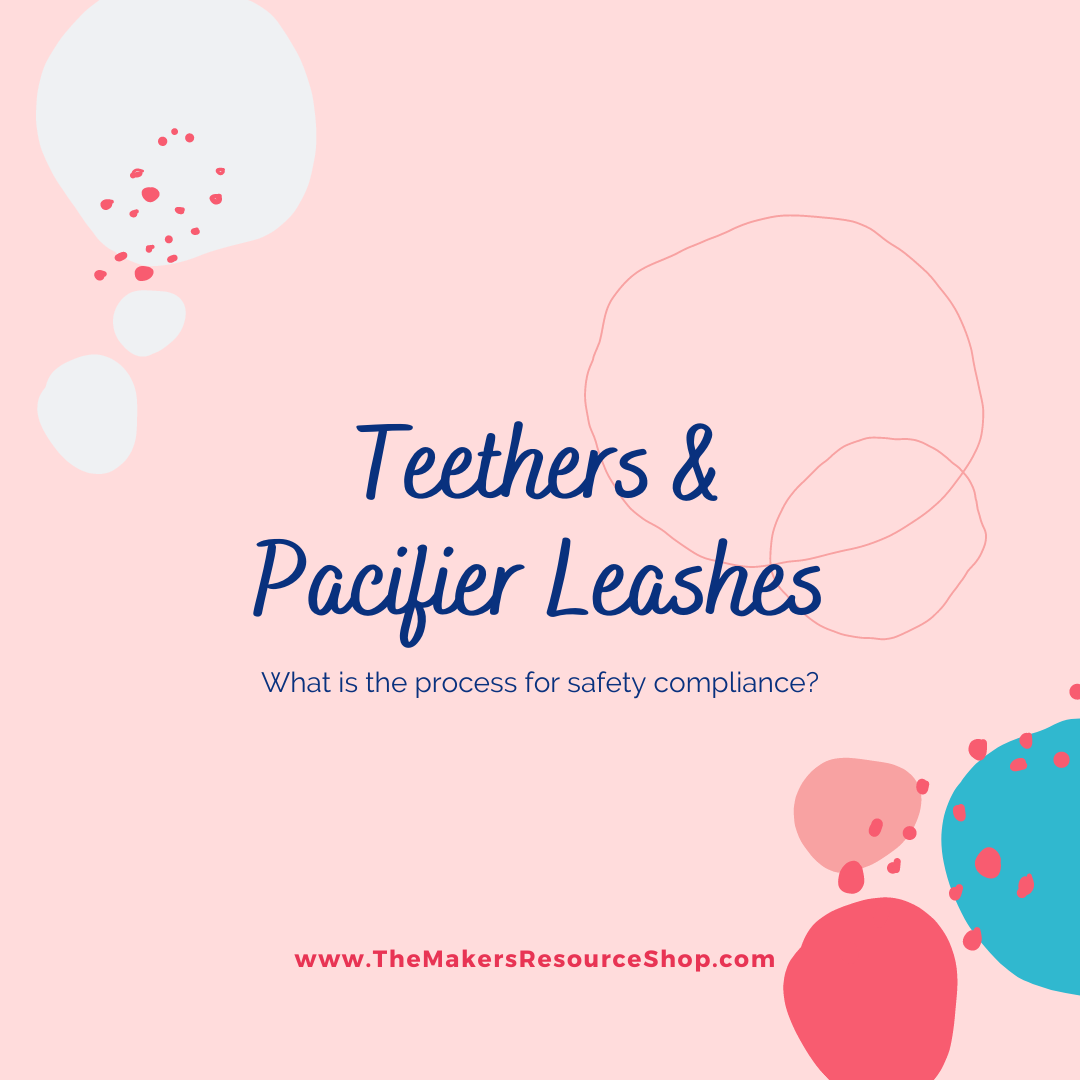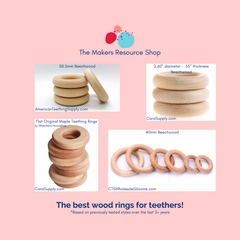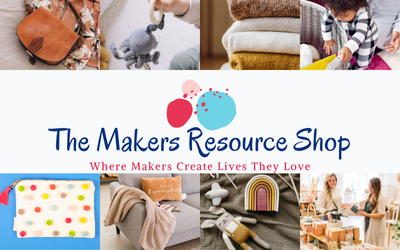
Teethers & Pacifier Leashes
I have a lot of followers who make teethers, pacifier leashes, and other silicone/wood products for babies, so naturally the question of 'what is the safety process' will come up often.
.
In short:
1. Register with the CPSC at SaferProducts.gov so that you can ask suppliers about testing that has already been done on the components you use.
.
2. Buy from suppliers that can offer information about element testing:
- Total Lead Content (excluding wood, cording, and stainless steel)
- Lead in Paints/Surface Coatings (things that lay on top and can be scratched off)
- Phthalates (excluding wood, cording, and stainless steel)
- Heavy Elements (excluding wood, cording, and stainless steel)
.
3. Keep receipts of everything you buy and have a way to track it all. This doubles for taxes, so if you are tracking there, this should be easy peasy. If you need a system, I'm partial to Paper + Spark (this is an affiliate link).
- What you bought
- How much of it you bought
- How much you spent (include all fees, shipping, & coupons)
- When you bought it
- Where you bought it
.
4. Design your products so they'll pass lab testing. Using a wood bead at the loop end of a pacifier leash means the bead can't go over the knot. Using a looped knot means the last bead can't slip off. Pulling on the clip end and the last bead to see if anything pulls off is good to do. Dropping wooden things to see if they break is good to do (like the teethers with wood rings on them).
Here is some guidance for what we've seen passes:



.
5. Have your designs tested at a lab. Small Parts (toys and childcare items for children under 3y). (Fashion/Nursing necklaces do not need testing unless it is for children under 3y.) Do not attach toys or teethers to pacifier leashes in your advertising or upon shipping. This makes the leash a toy and will fail the required ASTM F963 Sec 4.22 testing for teethers.
.
6. Test your teethers at home to ASTM F963-17 (toys for children 0-12) using the Fixture add-on in the listing. (How to video.)
.
7. Create your packaging with your name, website, made in City, ST USA of imported materials, date of making, unique batch code and proper use recommendations.
.
8. Create your Children's Product Certificate document which you'll do after you get your test results (or have me do with the optional add-on in the listing). This document tells us that your product complies with the regulations it has to follow and how it is complying with them through supplier statements, lab testing, personal testing, and exemptions from testing.
